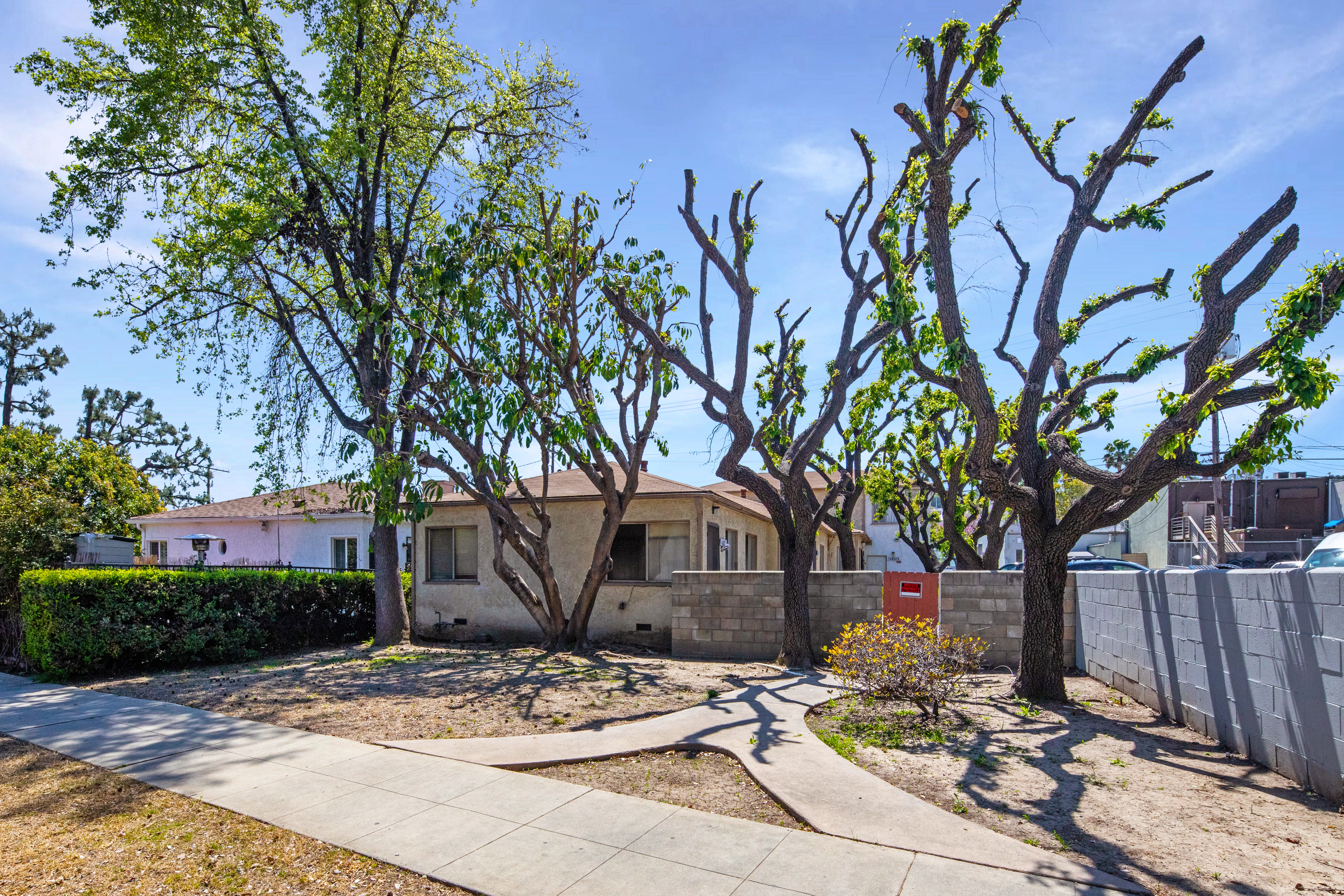Asia Pacific debt: non-bank lenders get in on the act
Alternative lenders, including credit funds, are providing financing for real estate investors as banks pull back amid challenging economic conditions
Non-bank lenders will account for an increasing share of real estate deals in Asia Pacific as volatility in public markets forces banks to take a more cautious approach to lending.
“Restrictive monetary policies have led to capital value corrections and banks taking a more conservative stance to lending,” says Pamela Ambler, Head of Capital Markets Research at JLL Asia Pacific.
Although non-bank lenders have gained prominence in the US and Europe – accounting for 67 percent and 47 percent of credit in the market respectively – Asian banks still hold approximately 80 percent of loans issued in the region.
But as they look to offload debt to bolster their balance sheets, this presents a growing avenue for non-bank lenders, including credit funds, to step into the market and provide alternative financing.
"Even among the large banks, sentiment has really changed because it's gone from them wanting to hold on to these loans and wait for things to improve, but that's not happening,” adds Ambler.
Banks are looking to reduce their commercial real estate exposure and half of lenders have already increased scrutiny of CRE opportunities, with 44% exploring foreclosure and 30% considering selling loans if their watchlist - assets at risk of default - increases significantly.
Looking for more insights? Never miss an update.
The latest news, insights and opportunities from global commercial real estate markets straight to your inbox.
Growing demand for private debt investments
According to JLL Capital Markets data, the amount of dry powder available for private debt investments in the region is rising, driven by the growth in credit opportunities (23%), volatility in public markets (23%) and the higher returns relative to equity investments (13%).
APAC distressed debt is forecast to have the highest returns globally by 2028.
“Due to the end of the cheap-money era, return expectations of private debt is expected to be higher than private equity,” added Ambler. “Regionally, allocations are expected to rise as undervalued opportunities emerge for well-capitalized debt investors.”
Globally, debt strategies account for around 16% of CRE fundraising worldwide and, since the Fed tightened interest rates in the first half of 2022, returns have consistently outperformed equity.
An estimated $3.1 trillion worth of real estate assets globally have loans due to mature by the end of 2025, providing ample opportunity for investors to capitalise on credit market deals.
“While the majority of these are located in the US, there will be situations where additional capital is needed to maintain stable loan-to-value ratios and service agreements in APAC,” says Ambler.
In Hong Kong, for example, the refinancing gap is estimated at US$12.6 billion, particularly in the residential and office sectors.
"While the majority of these are located in the US, there will be situations where additional capital is needed to maintain stable loan-to-value ratios and interest coverage ratios in APAC,” says Ambler.
Investment Opportunities
Opportunities for overseas investors
Private equity investors are also expected to ramp up their regional credit strategies and fill the void.
"Some APAC markets have traditionally been very domestically capital dominated but with local capital being challenged and taking a more wait-and-see approach this gives foreign capital opportunities," Ambler adds.
However, investors must recognize that what works in other regions may not apply directly to Asia Pacific. Post-COVID-19 recovery patterns, for example, vary across countries and this is affecting real estate dynamics differently.
"The return to office rate is nothing like what you're seeing in the US," says Ambler. "While office assets in the US and EMEA adapt to new hybrid working patterns, people have always been in the office in APAC and Japan and China it's really high,”
Pricing adjustment in the US office market, and opportunities where investors can acquire properties at low prices, have not emerged in Asia.
“The natural instinct is to go to the market where there is dislocation, and they're waiting for that to happen in Asia, and it has not happened."
But with Japan moving out of negative interest rates, this could signal a significant development in the region's monetary policy landscape that could and further incentivize investors.
The region has historically shown resilience and quick recovery from economic shocks such as the Asian financial crisis in the late 90s, the Global Financial Crisis in 2008-2009, and the COVID-19 pandemic. This should instill confidence in foreign investors who may now find new opportunities across the capital stack.
What’s your investment ambition?
Uncover opportunities and capital sources all over the world and discover how we can help you achieve your investment goals.




